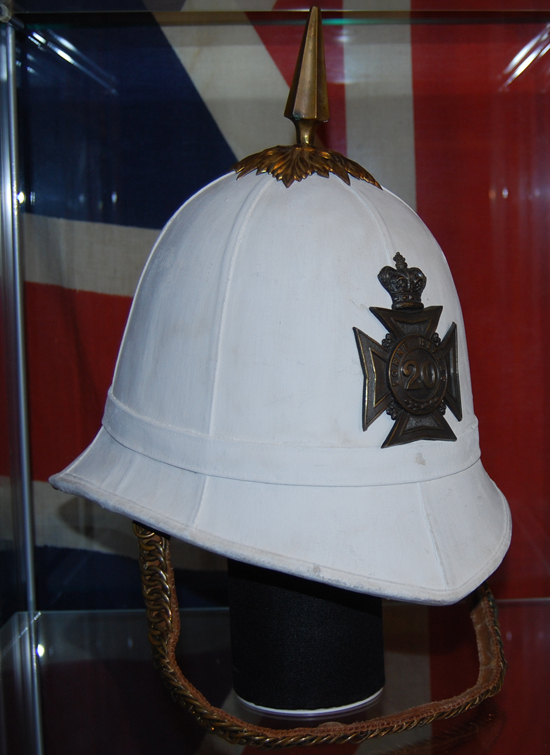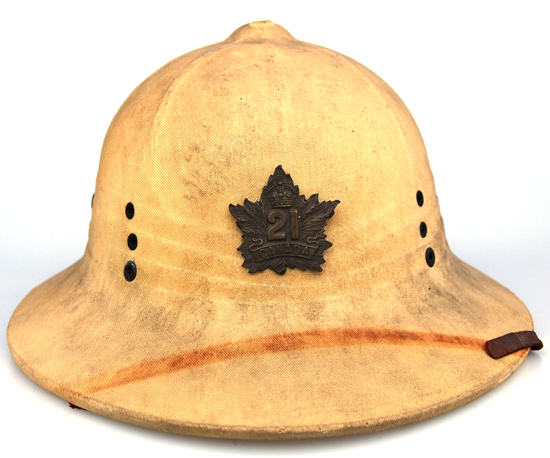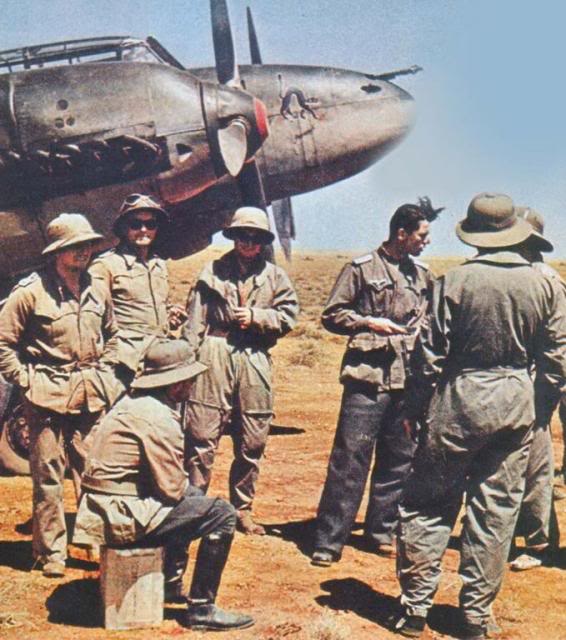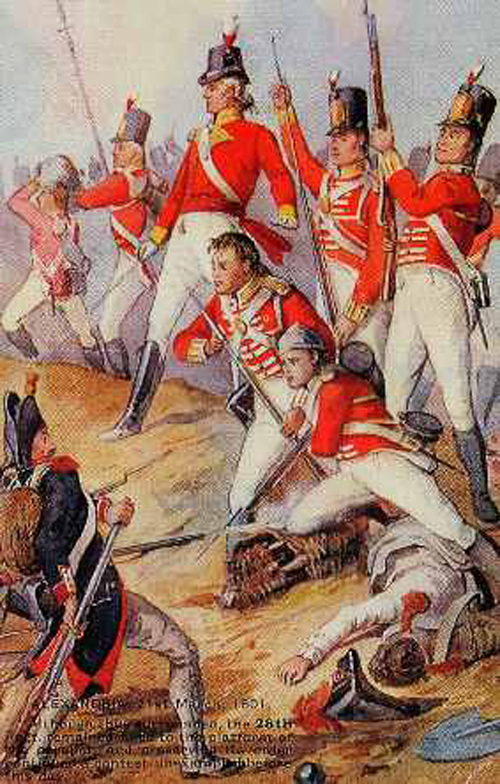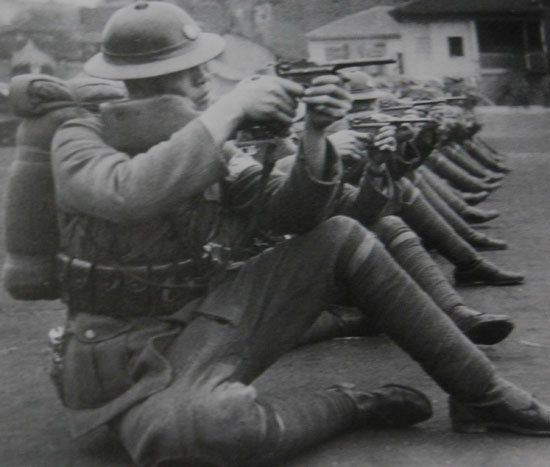The Lorne Scots (Peel, Dufferin and Halton Regiment) is today a Primary Reserve Infantry regiment of the Canadian Army .The Lorne Scots originated in Brampton, Ontario in September 1866, as the 36th “Peel Battalion of Infantry,” and was redesignated as the 36th Peel Regiment in May 1900, as The Peel Regiment in May 1920 and The Peel and Dufferin Regiment in April 1923. In December 1936, it was amalgamated with The Lorne Rifles (Scottish) and redesignated The Lorne Scots (Peel, Dufferin and Halton Regiment).
The first Scottish connection was made in September 1879 when the Halton Rifles were reviewed by His Excellency The Marquis of Lorne and permission was received in 1881 to redesignate the 20th Halton Rifles as the 20th Halton Battalion Lorne Rifles. Continue reading

